Although called Butterfly Conservation, the society also has an interest in the conservation of moths and their habitats. After all, moths and butterflies together form the order Lepidoptera, the divisions of which are artificially imposed.
The branch does not have a moth officer but moth recorders Andrew Wood and Liz Goodyear are happy to act as a point of contact between members and Colin Plant, who is the county moth recorder for Hertfordshire and Middlesex.
The Herts & Middlesex Moth Group was formed in 2000 by Colin Plant for anyone who is interested in moths, specifically Hertfordshire or Middlesex. There are no membership fees but Colin Plant writes a regular free e-newsletter called Moth Mumblings. To receive the newsletter please contact Colin Plant.
Up to date detailed distribution maps including the status of all moths in the area can be found on the Herts & Middlesex Moth Group websiteWe encourage all members to record moths including those seen flying during the day.
All moth records including day-flying moths should be submitted via the Moth Group website at this link Moth Record submission or sent direct to Colin Plant.
( It should be noted that records of moths entered into iRecord are not monitored or directly validated - the County Moth Recorders gets a spreadsheet once a year at which point records are only then validated and added to the Moth Group Databases. )
Most moth recording is conducted in back gardens or at certain sites rather than widely across the public realm and so the data available is not necessarily useful for conservation purposes. There are about 1500 moth species in our area compared to under 40 butterflies and many of the rarer species may be migrants or internal wanderers whose presence is not relevant to the landscape or site where they have been found.
Where there are priority species linked into our landscapes projects, we will use the available information on habitat management, known distribution and status to incorporate this in advice on sites in those landscapes.
Light pollution threatens many nocturnal insects, including important pollinators like moths, by disrupting their ability to feed, breed and carry out their usual behaviour.
How to reduce light pollution at home
Moths come in an amazing variety of sizes and colours, and different species can be found flying throughout the year including during the winter months. Here are just a small selection of the variety of species that can be encountered in our branch area.
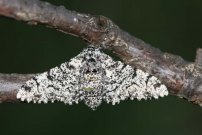 |
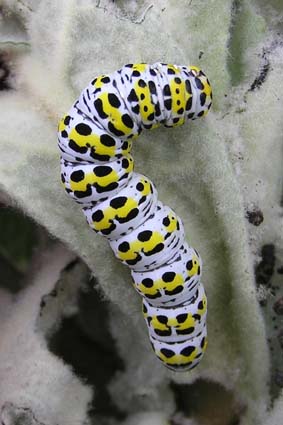 |
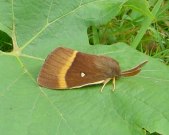 |
| Peppered moth Biston betularia © photo: Sandra Standbridge |
The Mullein larva Cucullia verbasci © photo: Andrew Wood |
Oak Eggar (male) Lasiocampa quercus © photo: John Murray |
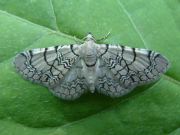 |
 |
|
| Netted Pug Eupithecia venosata |
Bordered White Bupalus piniaria © photo: Liz Goodyear |
Coxcomb Prominent Ptilodon capucina © photo: Liz Goodyear |
 |
||
| Black Arches Lymantria monacha © photo: Liz Goodyear |
Merveille du Jour Griposia aprilina © photo: Liz Goodyear |
Buff-tip Phalera bucephala © photo: Liz Goodyear |
tn.jpg) |
tn.jpg) |
|
| Pine Hawk-moth Sphinx pinastri © photo: Liz Goodyear |
Swallow Prominent Pheosia tremula © photo: Liz Goodyear |
Swallow-tailed Moth Ourapteryx sambucaria © photo: Liz Goodyear |
 |
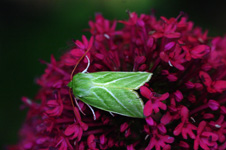 |
|
| Puss Moth Cerura vinula © photo: Liz Goodyear |
Poplar Hawk-moth Laothoe populi © photo: Liz Goodyear |
Green Silver-lines Pseudoips prasinana © photo: Liz Goodyear |